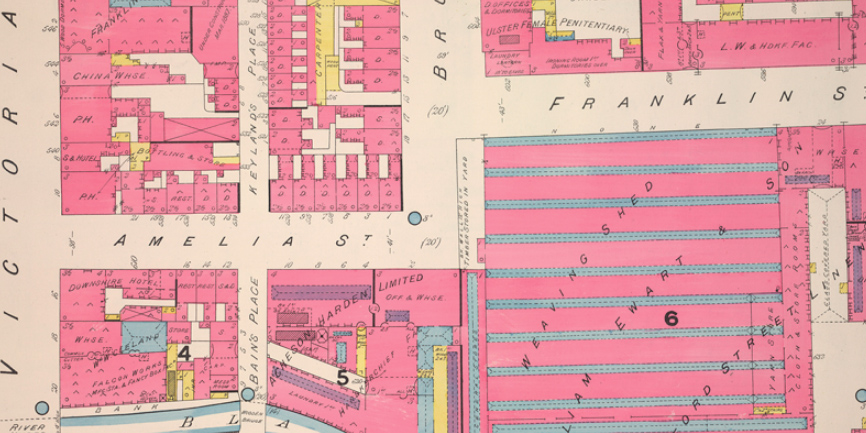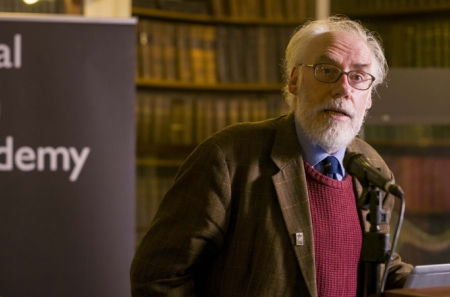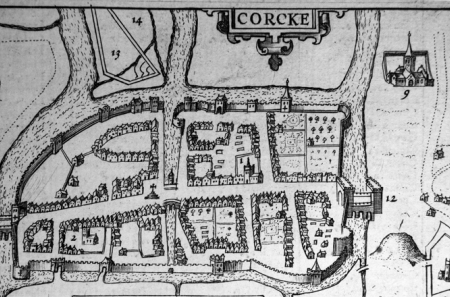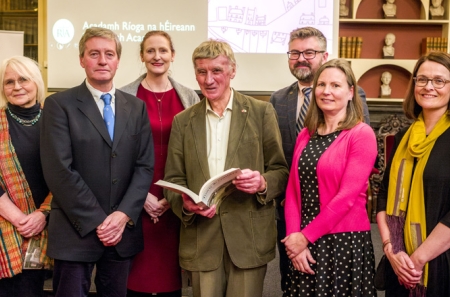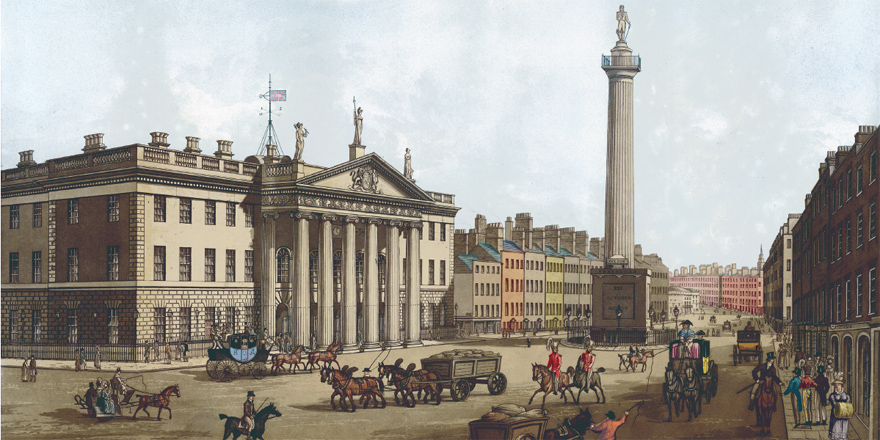
IHTA Town Type Series: The Town in the Nineteenth Century
03 June 2020In the sixth and final IHTA Town Type Essay, Jacinta Prunty, Irish Historic Towns Atlas editor and Maynooth University lecturer, discusses the changes in and to towns in the nineteenth century.
For more Lockdown Reading, we are revisiting the expert essays that were published along side the launch of each of the IHTA Online town types:
In her essay, Jacinta Prunty details the changing function of towns in an age of increased industrialisation, a spike followed by a significant decrease in the rural population during and after the Famine when many migrated to urban areas in Ireland and abroad. The mid-nineteenth century saw a move away from the medieval guild system to significant urban municipal reform including the regulation of markets, implementation of utilities such as modernisation of the sewers and water systems and the installation of gas lighting and telegraph exchanges. The state also exerted more influence with initiatives such as the national schools, development of railways, construction of institutional buildings including prisons, hospitals, barracks and workhouses and a detailed mapping of the country by the Ordnance Survey and Valuation Office.
Detail from 'Insurance plan of Belfast', (1887–97) by C.E. Goad (British Library, Maps, 145.b.5) that appear as Maps 12 and 13 in IHTA, no. 17, Belfast, part II, 1840 to 1900 by Stephen A. Royle.
To go directly to IHTA Online to view Irish Historic Towns Atlas nos 9 Bray by Mary Davies; 17 Belfast part II, 1840 to 1900, by Stephen A. Royle; 27 Dublin, part III, 1756 to 1847 by Rob Goodbody click here.
Further reading
For more on the Town in the Nineteenth Century, see the chapter in Reading the maps by Howard Clarke and Jacinta Prunty for download here. There are some useful questions at the end of the chapter to test your knowledge about nineteenth-century urban development.
To read the essay by Colm Lennon about the Town in the Eighteenth Century click here.
Cover image: 'New post office, Sackvill Street, Dublin', 1818 by T.S. Roberts (private collection) that appears as Plate 5 in IHTA no. 27, Dublin, part III, 1756 to 1847 by Rob Goodbody.

